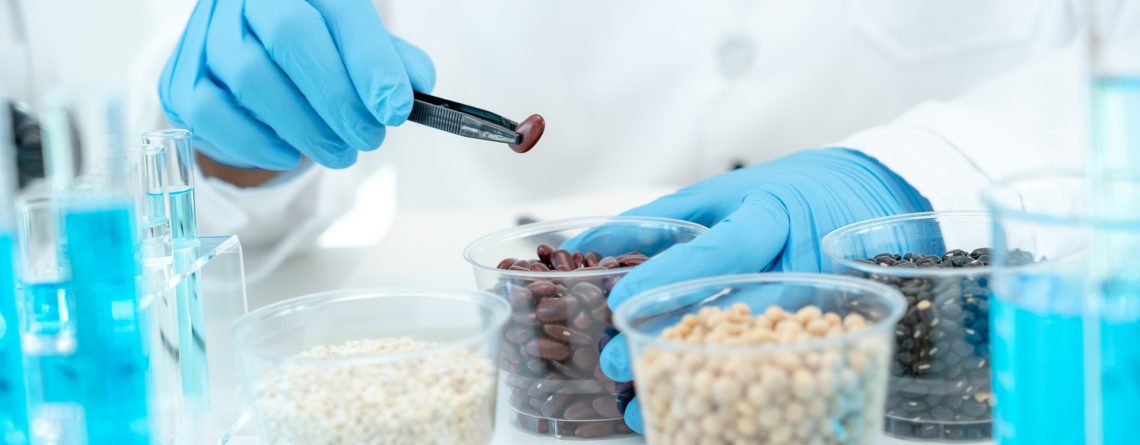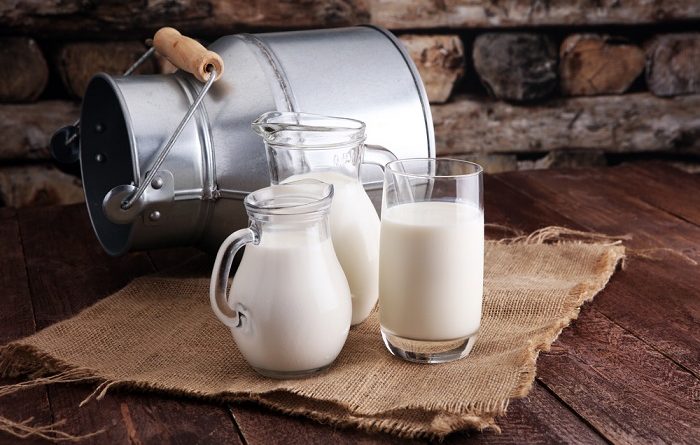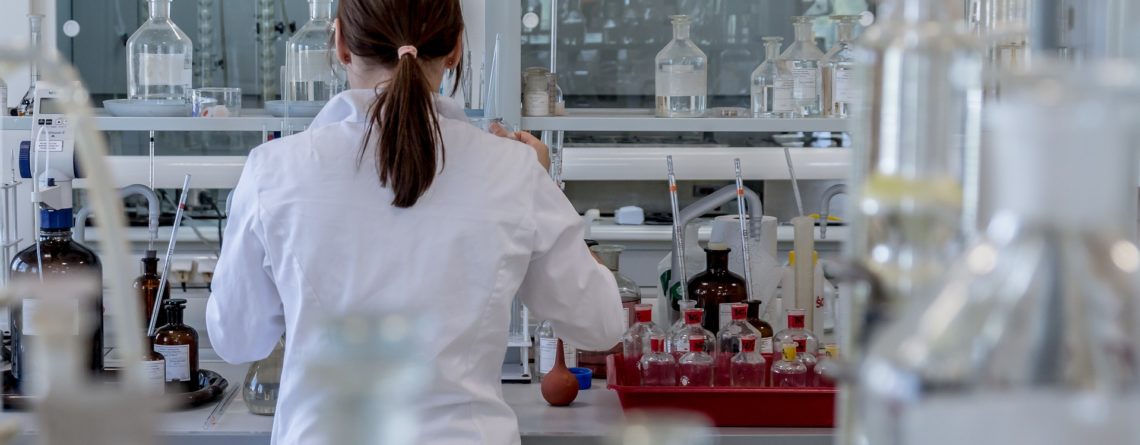Eggs: nutritional and hygienic aspects
Eggs are a nutritious and versatile, relatively cheap and easy-to-find foodstuff that, either directly or as an ingredient in other preparations, characterises the usual diet of a large part of the world's population. Nutritionally, they are a source of protein of high biological value, being complete with all essential amino acids, and are rich in nutrients such as vitamins B12, [...]





